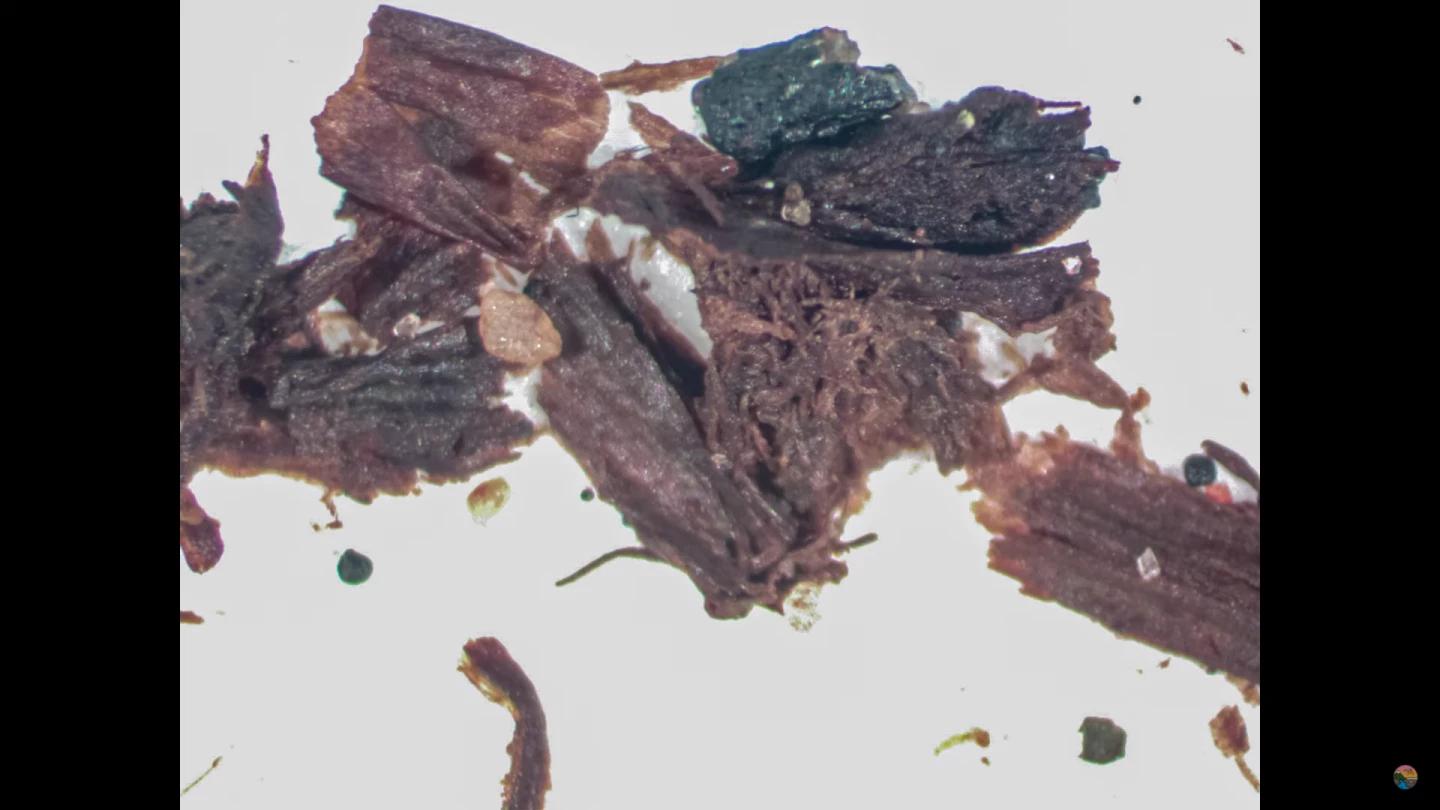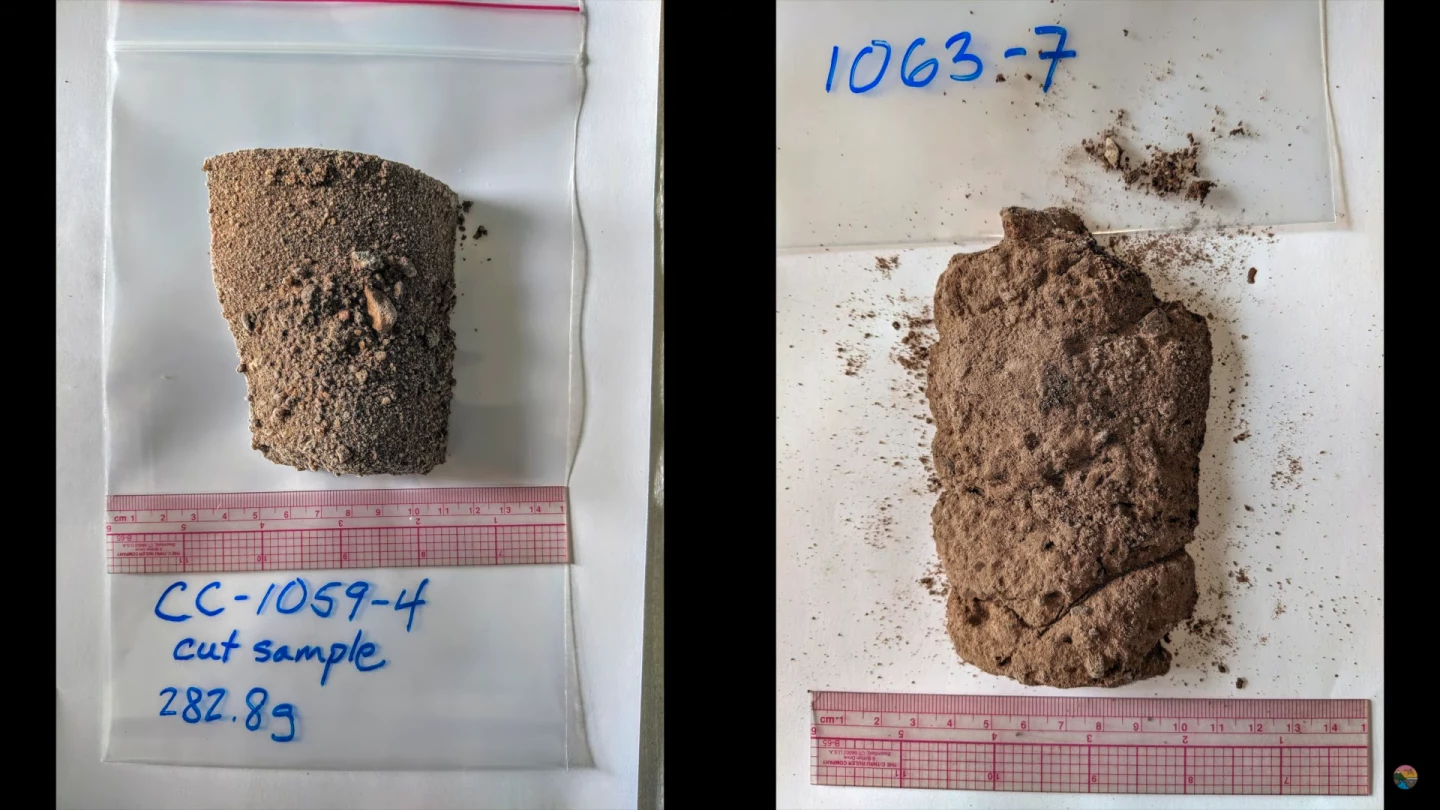Scientists have made the surprising discovery of fossilized plants 1.4 km (0.9 miles) beneath the Greenland Ice Sheet. That indicates the island has been ice-free within the last million years or so – meaning it’s more vulnerable to climate change than we thought.
Science is no stranger to finding unexpected things beneath ice sheets and glaciers. In recent years researchers have discovered mountain ranges, gigantic meteor craters, and even bacteria thriving in a frigid environment assumed too cold for life.
Now, researchers at the University of Vermont have found something in an ice core drilled from almost a mile beneath the Greenland Ice Sheet. The bottom 4.6 m (15 ft) or so was frozen sediment, complete with plant matter like twigs, moss and leaves. That might not sound like anything too exciting, but the team was expecting to find mostly sand and rock.
“Ice sheets typically pulverize and destroy everything in their path,” says Andrew Christ, an author of the study. “But what we discovered was delicate plant structures – perfectly preserved. They’re fossils, but they look like they died yesterday. It’s a time capsule of what used to live on Greenland that we wouldn’t be able to find anywhere else.”

The team dated the matter in the ice core using a few different methods. The researchers studied the ratios of isotopes of aluminum and beryllium, which can reveal how long a sample has been buried. Luminescence studies show when sediment was last exposed to light. Radiocarbon dating of wood in the samples indicated their age. And oxygen isotopes in the ice revealed that the original precipitation fell at much lower elevations than the current ice sheet.
All together, these analyses indicated that Greenland was entirely, or at least largely, free of ice at some point in the last million years or so, and perhaps in the last few hundred thousand years. Instead, part or all of Greenland may have been covered in vegetation, maybe even things as large as trees.

Finding these frozen plants may sound like an intriguing curiosity, but the researchers say there’s a concerning implication to the discovery. It suggests that the Greenland Ice Sheet is more susceptible to climate change than anticipated – which is a problem, considering it contains enough ice that, if it were to completely melt, it would raise sea levels by 7.2 m (24 ft) alone. Worse still, a recent report found that the ice sheet has lost 3.8 trillion tonnes of ice since 1992, and the rate is accelerating.
The research was published in the journal Proceedings of the National Academy of Sciences. The team describes the work in the video below.
Source: University of Vermont






